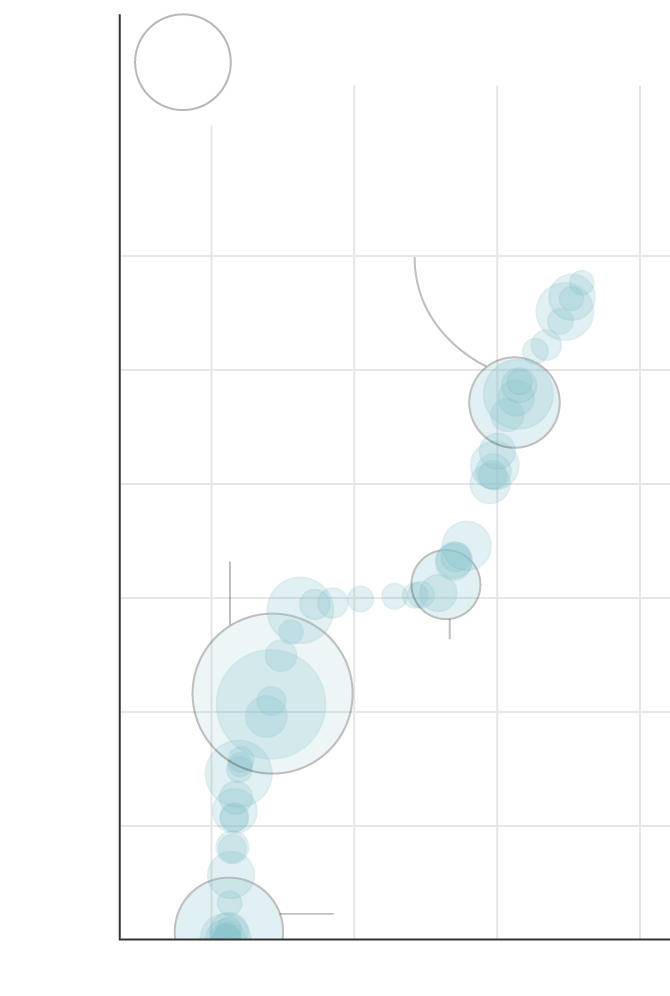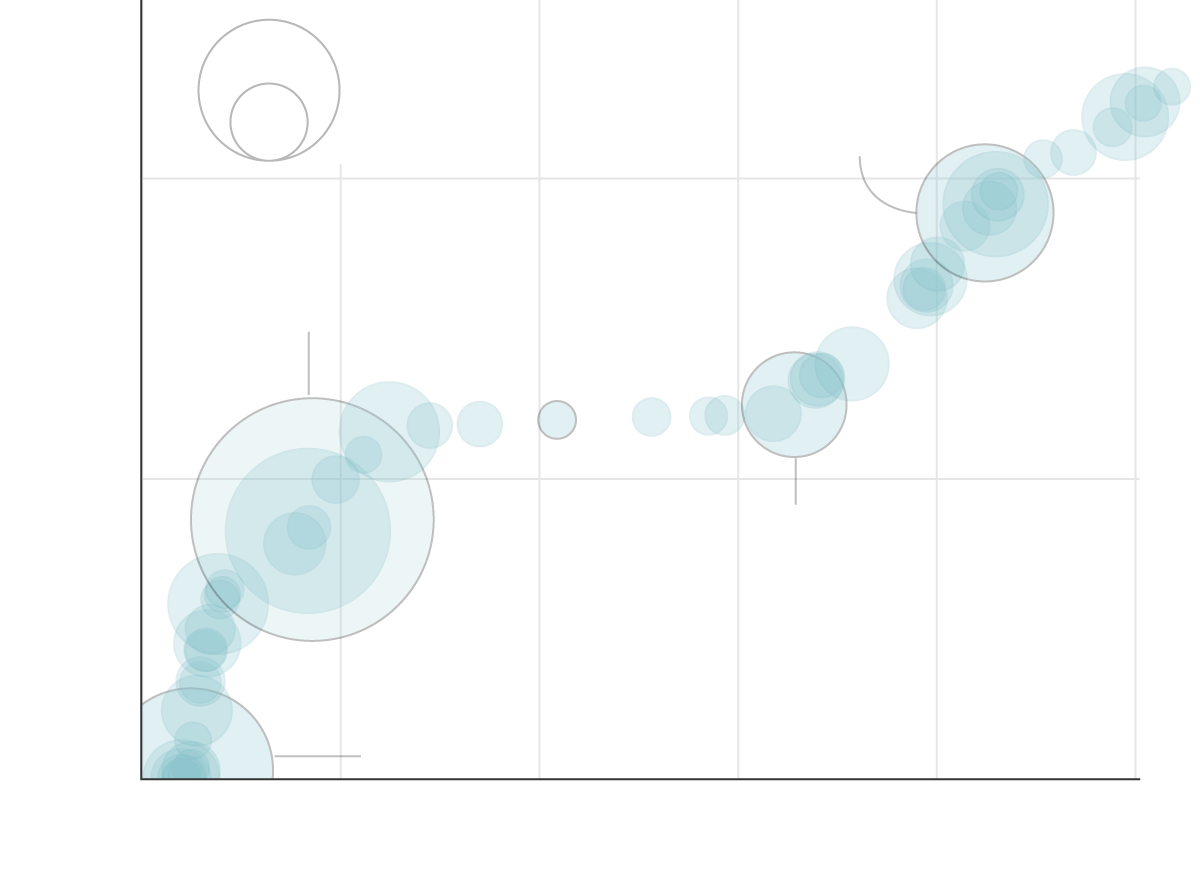The gathering had nothing to do with the election. That didn’t stop conspiracy theorists from spreading falsehoods.
Since 2021, a security conference in Atlanta had played host to a simple tabletop exercise in which attendees talked about how they would respond to fictional disasters like plane crashes or water treatment issues.
Sitting around a big table, participants from federal agencies or local departments devoted to emergency preparedness shared how their crews would react. Round and round they went, role-playing, sometimes for hours, as the scenario got more complex.
This year’s meeting was scheduled on Nov. 5 — Election Day — with the fictional scenario expected to focus on transportation, or possibly the chemical industry.
For conspiracy theorists who have fixated on falsehoods about widespread election fraud, though, the timing alone was enough to transform the event into something far more sinister. They spread claims that the conference was a secret meeting of top federal security experts in a bid to hack or steal this year’s presidential election — though it was neither of those things.
As news about the conference spread online, conspiracy theorists painted the event as cover for a “cyberattack” on election infrastructure or a fallback plan to somehow flip Georgia to Democrats should former President Donald J. Trump lead in early voting.
The Republican National Committee and Senator Rand Paul joined in on the criticism, issuing letters asking for more details about potential involvement by federal security agencies and implying that the agencies might have been distracted by the conference during a crucial election period. A spokeswoman for Mr. Paul shared a conference agenda showing the Department of Homeland Security was expected to participate. Organizers and the D.H.S. said they had not confirmed.
How the Falsehood About This Conference Spread on X
Claims that a security conference in Georgia would result in “election interference” surged on X last week after they were amplified by right-wing conspiracy theorists and other popular accounts.
#g-conference1-box {
max-width:600px;
}
#g-conference1-box ,
#g-conference1-box .g-artboard {
margin:0 auto;
}
#g-conference1-box p {
margin:0;
}
#g-conference1-box .g-aiAbs {
position:absolute;
}
#g-conference1-box .g-aiImg {
position:absolute;
top:0;
display:block;
width:100% !important;
}
#g-conference1-box .g-aiSymbol {
position: absolute;
box-sizing: border-box;
}
#g-conference1-box .g-aiPointText p { white-space: nowrap; }
#g-conference1-Artboard_1 {
position:relative;
overflow:hidden;
}
#g-conference1-Artboard_1 p {
font-family:nyt-franklin,arial,helvetica,sans-serif;
font-weight:regular;
line-height:19px;
opacity:1;
letter-spacing:0em;
font-size:16px;
text-align:left;
color:rgb(0,0,0);
text-transform:none;
padding-bottom:0;
padding-top:0;
mix-blend-mode:normal;
font-style:normal;
height:auto;
position:static;
}
#g-conference1-Artboard_1 .g-pstyle0 {
font-weight:700;
line-height:14px;
font-size:12px;
text-transform:uppercase;
}
#g-conference1-Artboard_1 .g-pstyle1 {
font-weight:300;
}
#g-conference1-Artboard_1 .g-pstyle2 {
font-weight:700;
height:19px;
text-align:right;
top:1.3px;
position:relative;
}
#g-conference1-Artboard_1 .g-pstyle3 {
font-weight:300;
height:19px;
opacity:0.5;
top:1.3px;
position:relative;
}
#g-conference1-Artboard_1 .g-pstyle4 {
font-weight:300;
height:19px;
text-align:right;
top:1.3px;
position:relative;
}
#g-conference1-Artboard_1 .g-pstyle5 {
font-weight:300;
height:19px;
text-align:center;
top:1.3px;
position:relative;
}
#g-conference1-Artboard_2 {
position:relative;
overflow:hidden;
}
#g-conference1-Artboard_2 p {
font-family:nyt-franklin,arial,helvetica,sans-serif;
font-weight:regular;
line-height:19px;
opacity:1;
letter-spacing:0em;
font-size:16px;
text-align:left;
color:rgb(0,0,0);
text-transform:none;
padding-bottom:0;
padding-top:0;
mix-blend-mode:normal;
font-style:normal;
height:auto;
position:static;
}
#g-conference1-Artboard_2 .g-pstyle0 {
font-weight:700;
height:19px;
text-align:right;
top:1.3px;
position:relative;
}
#g-conference1-Artboard_2 .g-pstyle1 {
font-weight:300;
height:19px;
opacity:0.5;
top:1.3px;
position:relative;
}
#g-conference1-Artboard_2 .g-pstyle2 {
font-weight:700;
line-height:14px;
font-size:12px;
text-transform:uppercase;
}
#g-conference1-Artboard_2 .g-pstyle3 {
font-weight:300;
}
#g-conference1-Artboard_2 .g-pstyle4 {
font-weight:300;
height:19px;
text-align:right;
top:1.3px;
position:relative;
}
#g-conference1-Artboard_2 .g-pstyle5 {
font-weight:300;
height:19px;
text-align:center;
top:1.3px;
position:relative;
}
Oct. 22
Sidney Powell, the Trump-aligned lawyer, reposts the claims
Total
posts
1M
Sized by
follower
count
300k
10,000
Oct. 19
An account for a right-wing podcast shares Ms. Loomer’s post to more than 3 million followers
5,000
Oct. 22
A right-wing account that shares voter fraud conspiracy theories amplifies the claim
Oct. 18
Laura Loomer, a right-wing influencer, calls the event “election interference”
20
21
22
23
24
Oct. 19

Total
posts
Sized by
followers
1M
Oct. 22
Sidney Powell, the Trump-aligned lawyer, reposts the claims
14,000
12,000
10,000
Oct. 19
A podcast account shares Ms. Loomer’s post to 3 million followers
8,000
6,000
Oct. 22
A right-wing user
amplifies the claim
4,000
Oct. 18
A right-wing influencer
calls the event
“election interference”
2,000
Oct. 19
21
23
25
